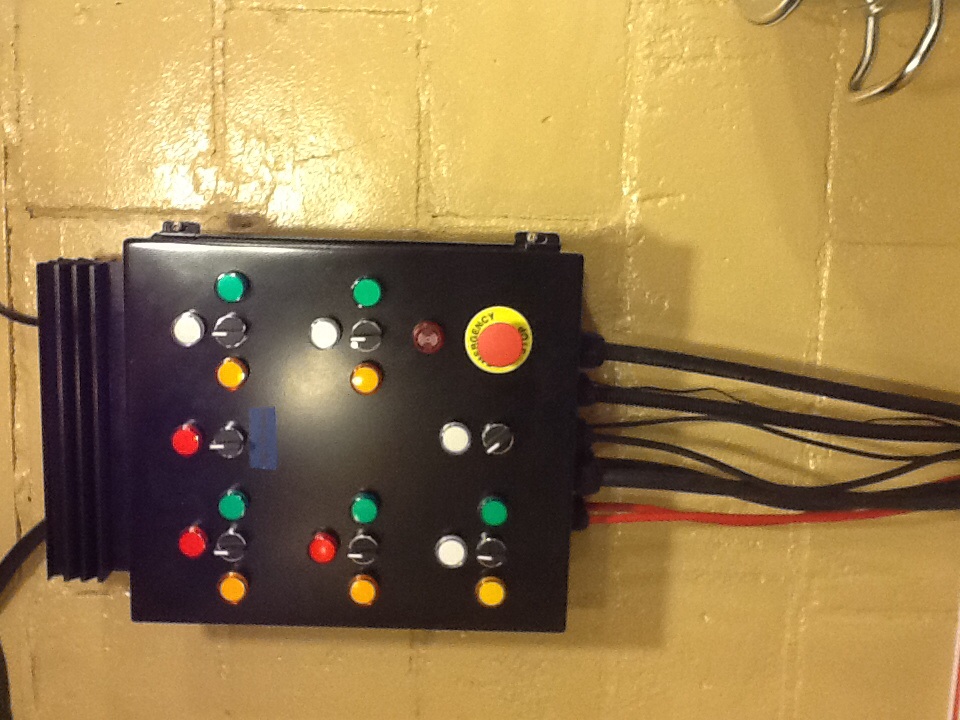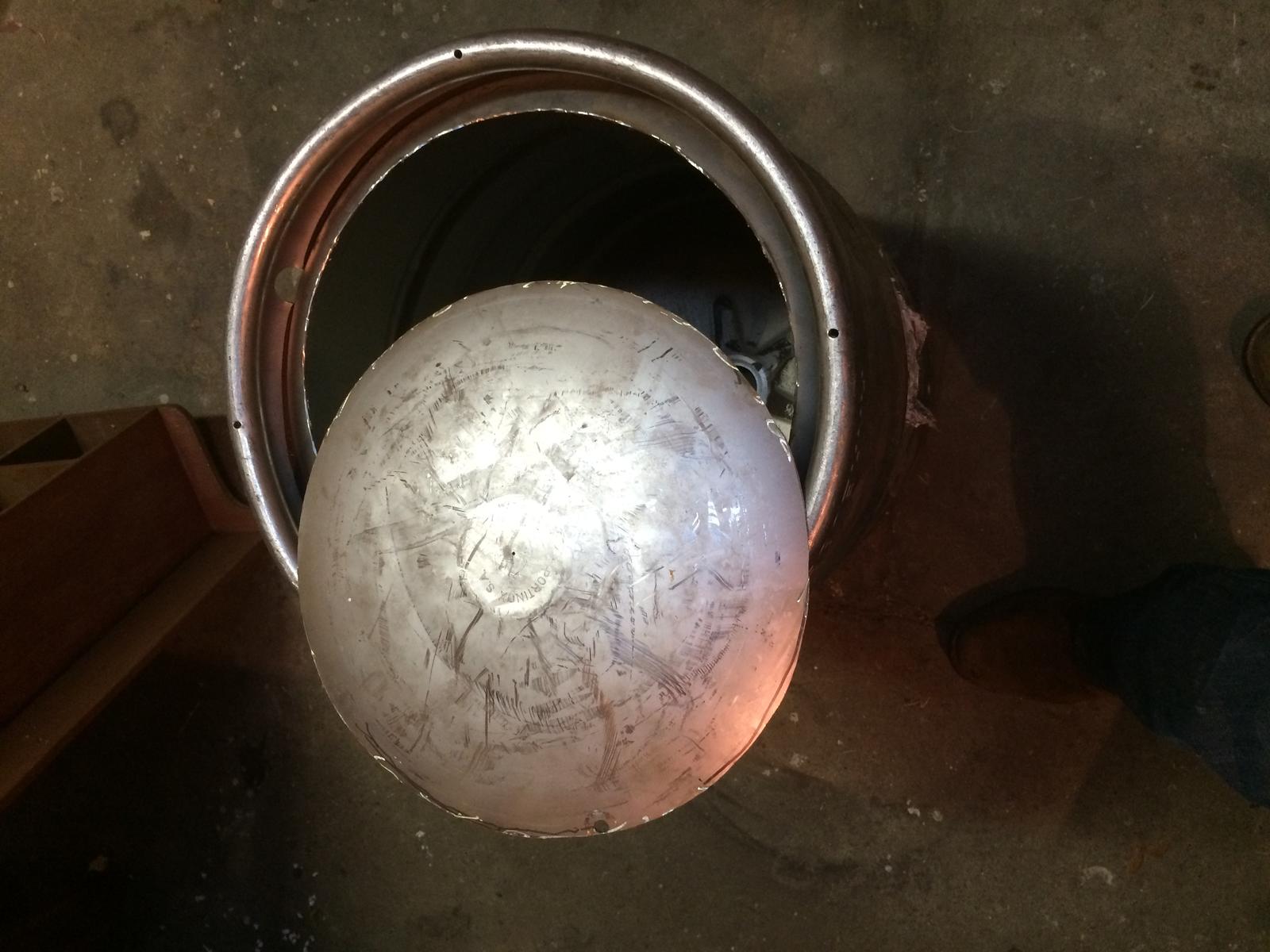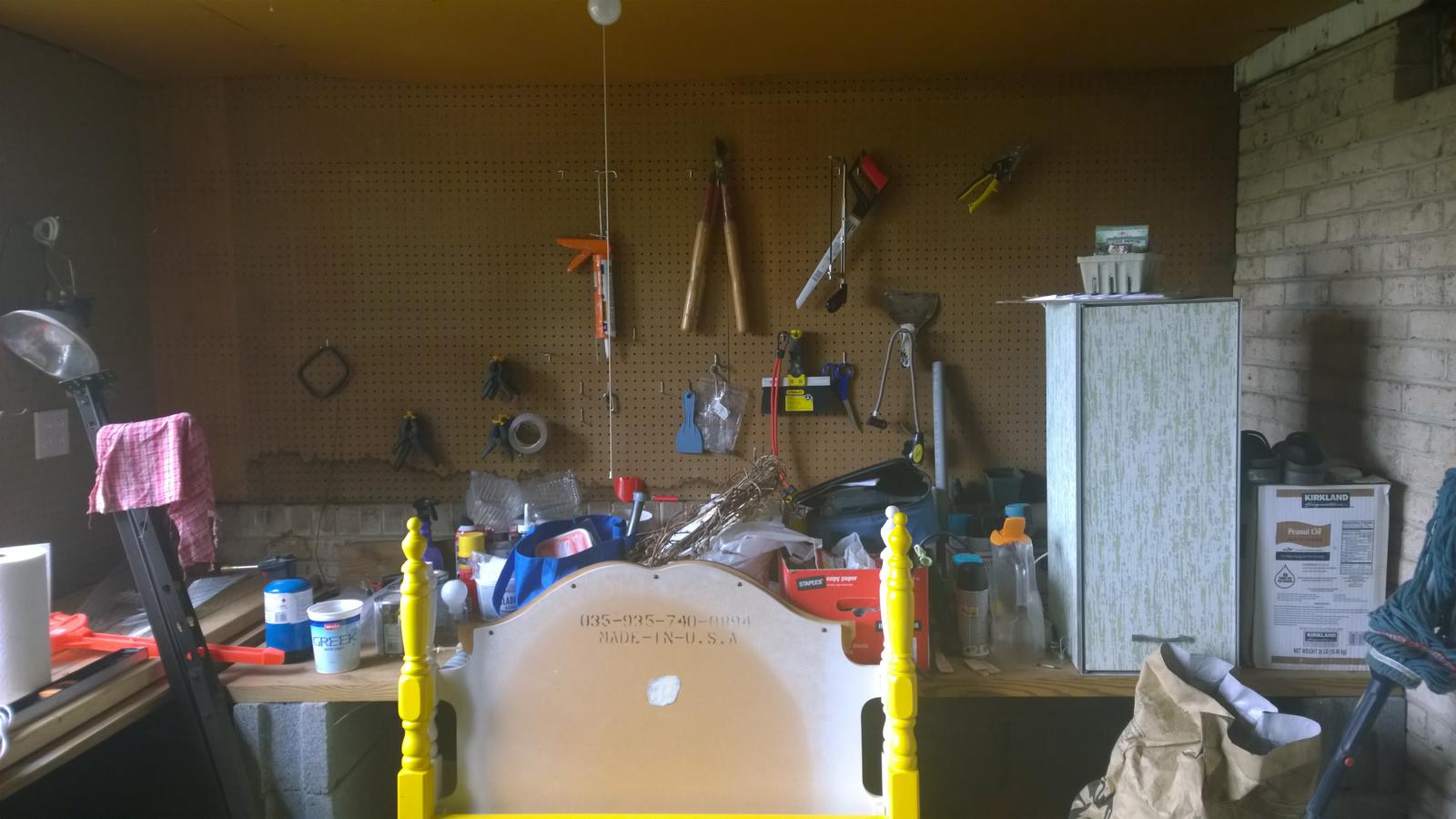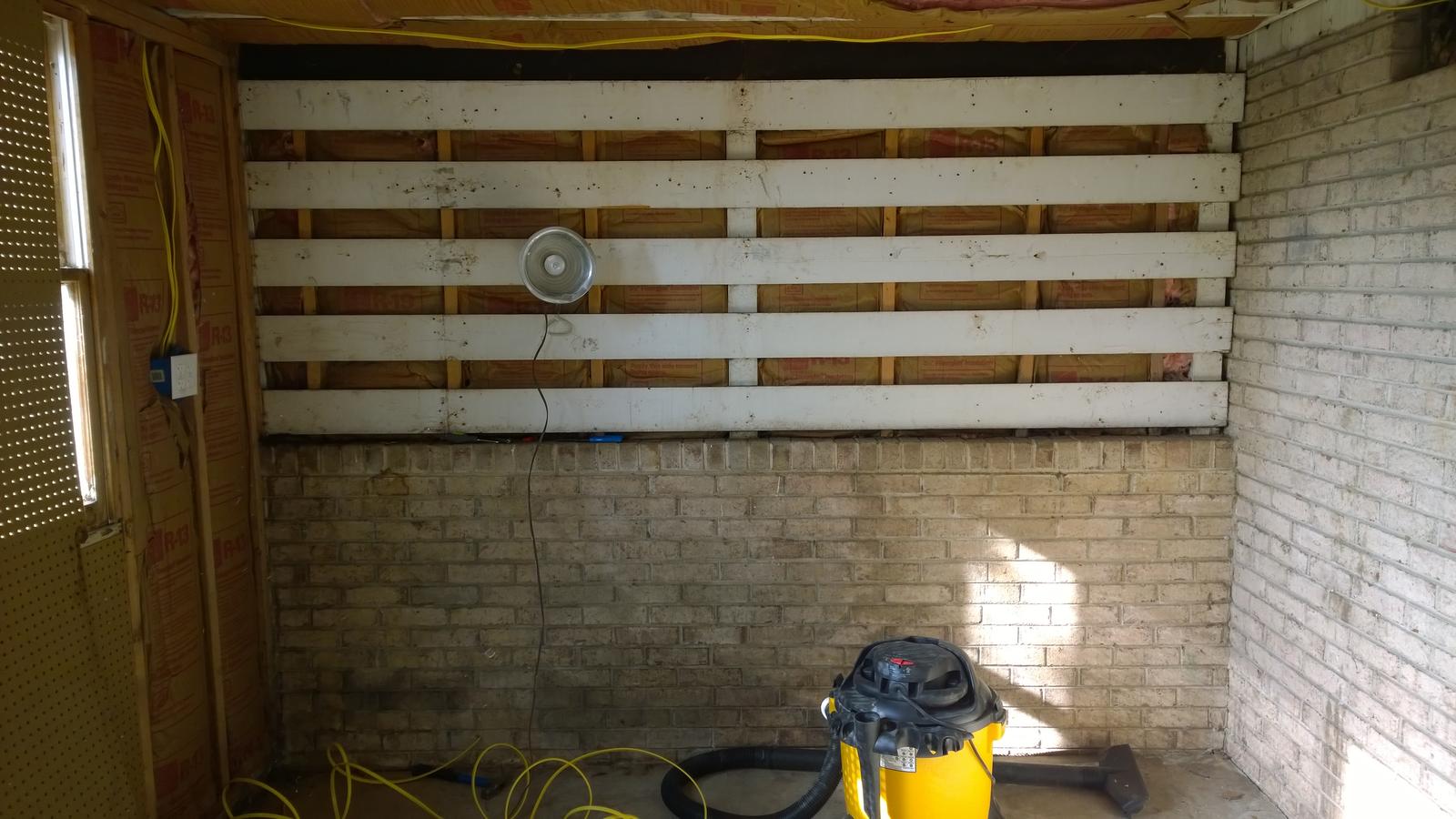jeffmeh
Well-Known Member
- Joined
- Feb 26, 2009
- Messages
- 2,145
- Reaction score
- 216
Also, another question. Is there any benefit as far as flexibility goes using 60A vs 50A? Is it possible to run 2x 5500w elements on a 50A or do I need 60A for that? The breaker and spa panel are only a few $$ more for the 60A, but the plug and receptacle aren't cheap and are a lot more difficult to find than 50A it seems.
I've seen this guy's build and he uses 60A, but haven't seen many other examples:
https://www.homebrewtalk.com/f170/my-60-amp-kal-mutation-422931/
One 5500w element at 240v draws around 23a, less if the actual voltage is less, so you should be fine on a 50a circuit. Some will say you need to stay under 80% of the circuit rating, but my understanding is that only applies to continuous loads over 3 hours, and a pulsing SSR is not continuous.
































